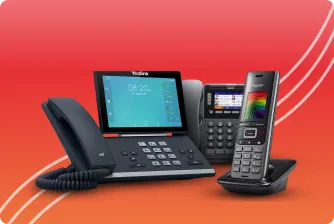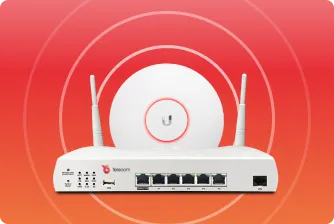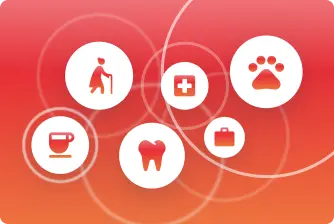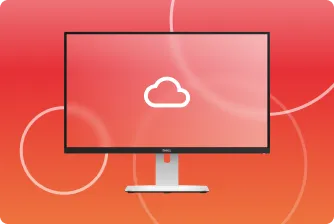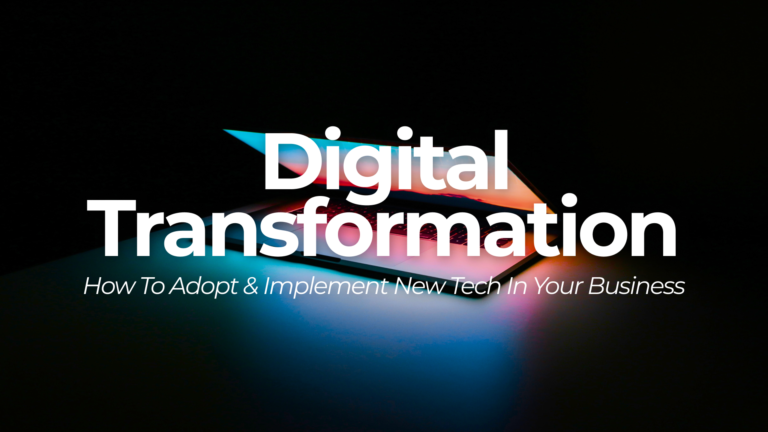
- BLOGS
Latest From Yo!
Yo Core Value #9 – Learn, Use & Share Good Knowledge.
Welcome to the Yo Telecom blog – a supportive resource for everything telecoms, business and more. Our blog articles aim to educate and elevate our customers, and the world, about our state-of-art technology and to give insight into how businesses can increase their success. We hope you enjoy!
Subscribe to our newsletter and get notified whenever we release a new article.
Take time to focus on the First Contact with Clients, so you can adjust the customer experience (CX) strategy to provide the best service.
Regular clients are easy and enjoyable to work with. They are familiar with your company, have a good knowledge of your products and services, and are willing to forgive agents minor errors and are generally friendly. On the other hand, first-time clients are a different story. If you make a mistake or have a simple misunderstanding, the client may walk away from your business. That’s why it’s so important to pay particular attention to your first contact. It often determines how successful and profitable your next collaboration will be. In this article, we will explain how to conduct the first contact conversation in the right way.
How does the first call with a client start?
As mentioned above, when the client makes the first call to your company, they often don’t know anything about you. They may know your name, some basic information, and a brief list of products and services, but nothing about the way you work, or the level of service you provide. And it doesn’t end there. You can show up from the best angle. For example, with an effective IVR (Interactive Voice Menu). Give your company a name, let them choose the topic of their request, and direct them to the right employee who can speak the same language, if possible. At this point, they’ll understand that you’re trying to help them solve the problem and aren’t just leaving them hanging. So, how does the conversation begin?
First, let’s talk about how to do it.
How to have a first conversation?
The first call (and how to approach it) will differ from all subsequent calls from this client, and you should prepare accordingly. Generally speaking, all incoming calls from new clients fall into two big categories, which will largely depend on your business. An incoming call can be from a private client in a B2C model, or a company representative in a B2B model. In both cases, the recommendations will be pretty much the same. Except for one important thing – when speaking to a business, don’t be afraid to use Google. Yes, open your browser during a conversation and start typing in the name of the business whose employee is calling. This way, you’ll get the first impression of the company that is interested in working with you, and you’ll be able to impress them with your knowledge.
First Stage
The first step is to listen to the conversation. If you’re making an outgoing call, it’s important to be friendly, open and patient. Things that seem obvious to you may not be clear to another person, so be prepared for many things you’ll have to repeat several times. Another important rule that might seem like a no-brainer is to introduce yourself to the client at the start of the call. You’ll also need to say the name of the company and your name and title. The former is essential so that a person knows they’ve called the right number, and the latter is important for creating an emotional connection between the brand and the customer. In addition, ask the caller’s name. Remember how they introduced themselves – if by their first and last names, then for the rest of the call, they should be called with those names.If the client only told you his first name, then we recommend you use his first name throughout the call.
Second Stage
Once you’ve introduced yourself, it’s time to move on to the “meat of the conversation.” Asking the right questions will help you get to the bottom of what’s on your mind, and you’ll want to make sure you’re being friendly and caring. Avoid formalities like “What can I do for you?” or closed questions that your client can answer in a few words. It’s best to write all possible questions in advance, and use them on a case-by-case basis. Don’t forget to answer the question, “how did you find us?” It’s important to remember that you won’t be able to answer it in just a few words – the person will be talking, and that’s your job.
Third Stage
Once you’ve made contact and explained why you’re on the call, the next step is to get the client’s interest. Even in the pre-planning phase, you’ll need to answer this question:
- Why should the customer choose us?
- Why should they choose our service?
- What sets us apart from the competition?
- What are the benefits of our offer?
Make a list of all these benefits and use them at the appropriate time during the call. Don’t start with your product, start with your customers’ problems and pains and how you can solve them.
Fourth Stage
Once you’ve introduced your product or service and created interest in it, two things can happen. Either you close the deal and your company gains a new loyal customer, or they have objections along the way to buying and you have to work on those objections.
How to do it right?
First, you need to determine the real reason why the client is objecting. Most of the time, there’s more to it than meets the eye. That’s why it’s important to listen carefully to your client. Second, you need to choose persuasive arguments. Don’t be confrontational. Even if the client’s issue doesn’t seem insurmountable to you, for them, it’s a major impediment to the purchase, so you need to handle it accordingly.
And finally, here are some really nice tips To use during the first contact:
Give Compliments
You don’t want to downplay yourself or make the client feel inferior, but phrases such as “you have great taste” and “I see you are familiar with the subject matter” will help you connect with the client and make the process easier.
Stay Transparent
Transparency is the cornerstone of any successful, honest, and long-term business relationship. In this context, you need to communicate what your clients need to know. For example, you should be transparent about announcing policy changes or pricing changes, or even let a client know your errors as soon as possible. Similarly, when discussing any errors that occur, you should make sure to explain how you plan to fix them and provide a clear timeline.
Communicate with Confidence
It’s not as easy as it sounds, especially if you’re a big business owner who relies on agents. Demonstrate that you’re an equal partner and you’re entering into an agreement that’s good for both of you.

